COLLABORATION METHODS
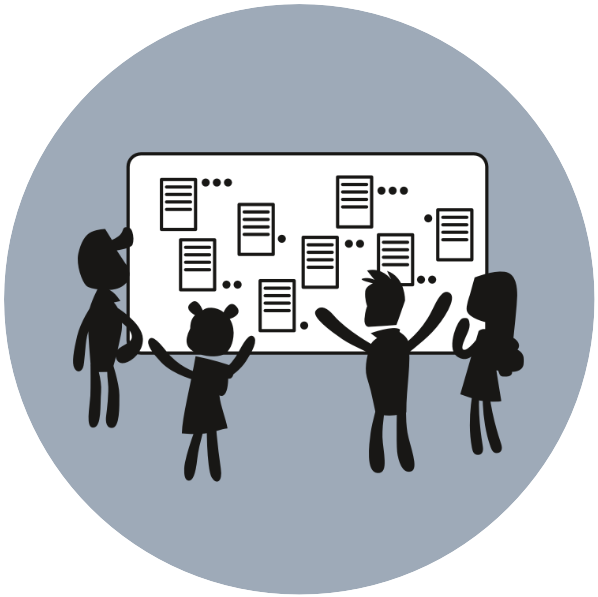
How to agree on rules for working together in a project or team .
1. Team Rules

Discover and map out group members’ experience and skill sets.
2. Knowledge and Expertise Map

Discover each group member’s goals, ambitions, and expectations.
3. Expectations
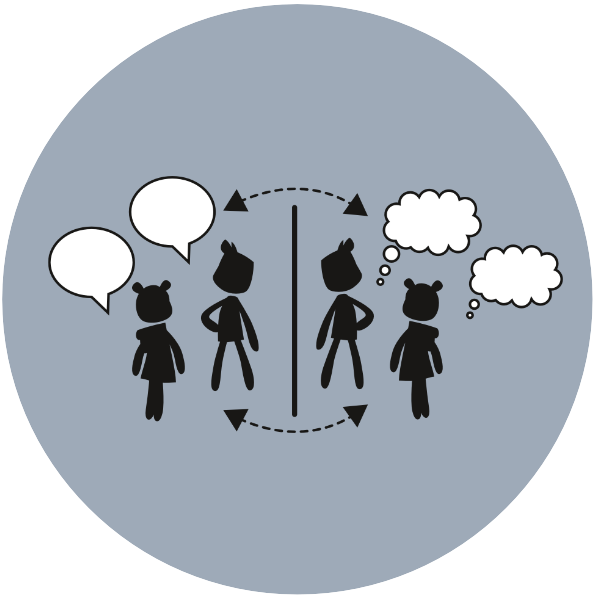
Alternate between opposite states of mind and activities to fuel the creative process.
4. Do The Opposite
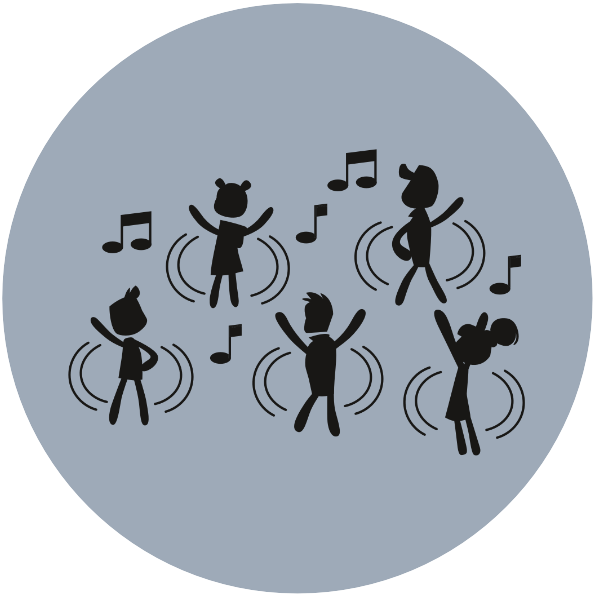
Use your body, release your mind, and boost your energy!
5. Move
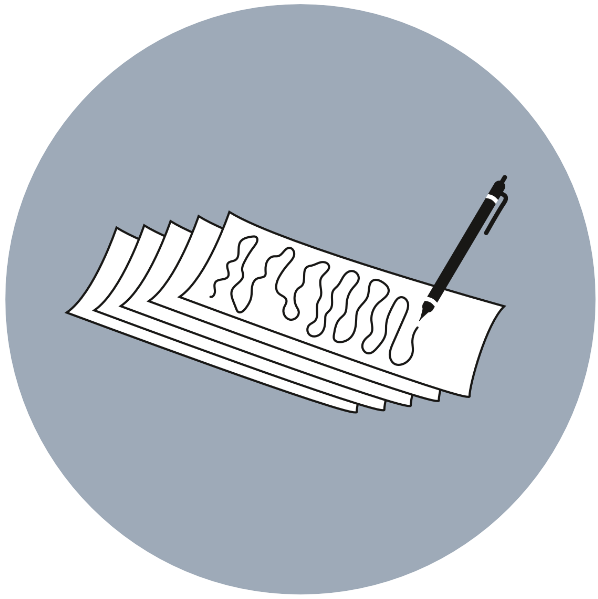
With Flow Writing, ”pour” out your thoughts to brainstorm or solve problems.
6. Flow Writing
FRAMING METHODS
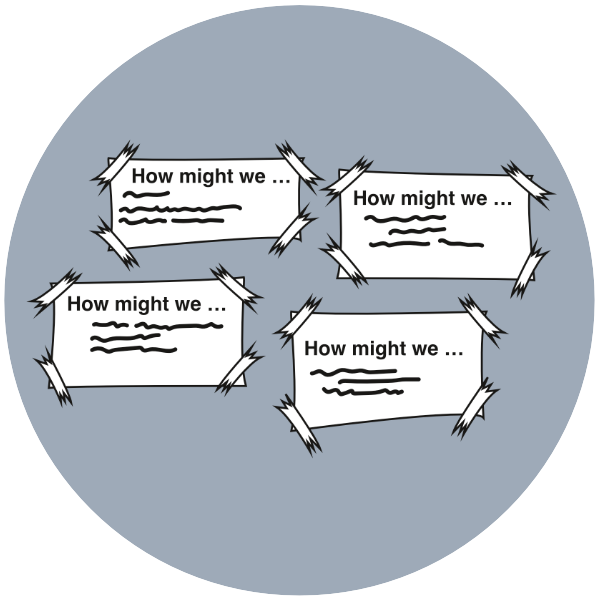
Transform problems into challenges and solutions by asking “How might we….”
7. Challenge Framing
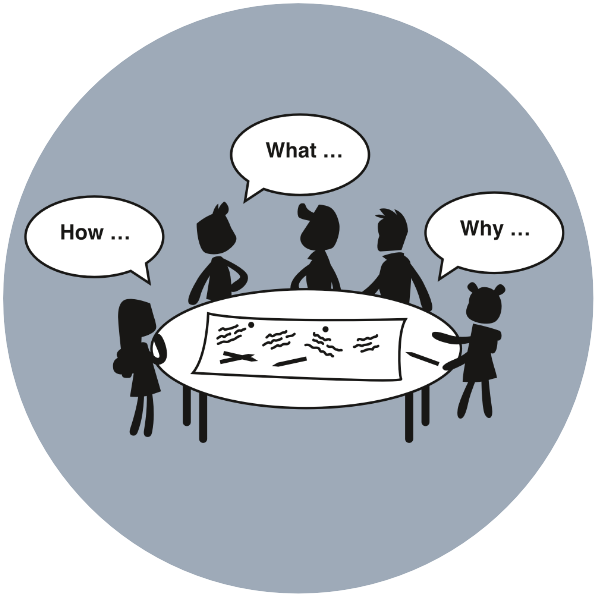
Identify the information and inspiration needed for a challenge.
8. Fact and Inspiration Finding
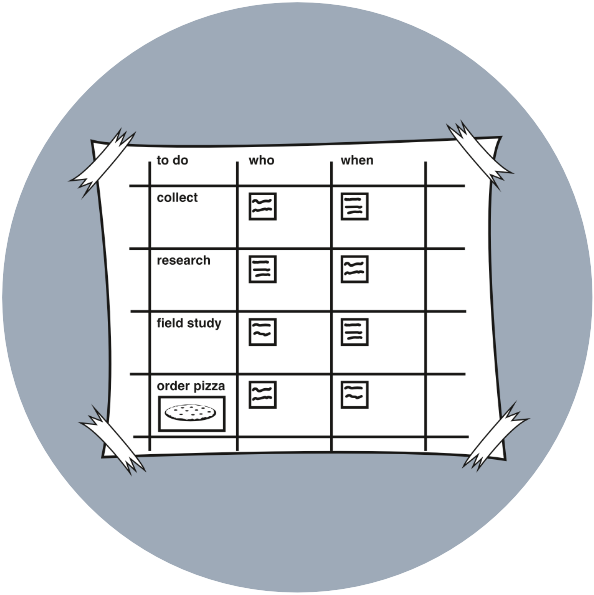
Make a shared ‘To Do’ list to help you think, plan, structure and prioritise.
9. The 'To Do' List
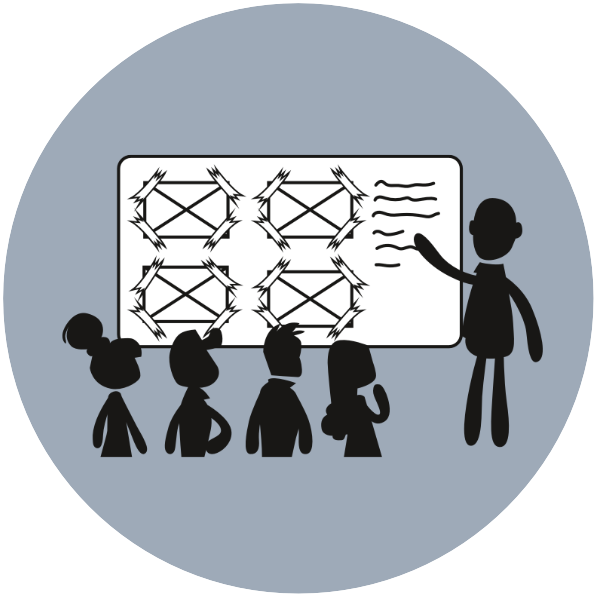
Show and Tell to express thoughts, ideate and experiment.
10. Show and Tell
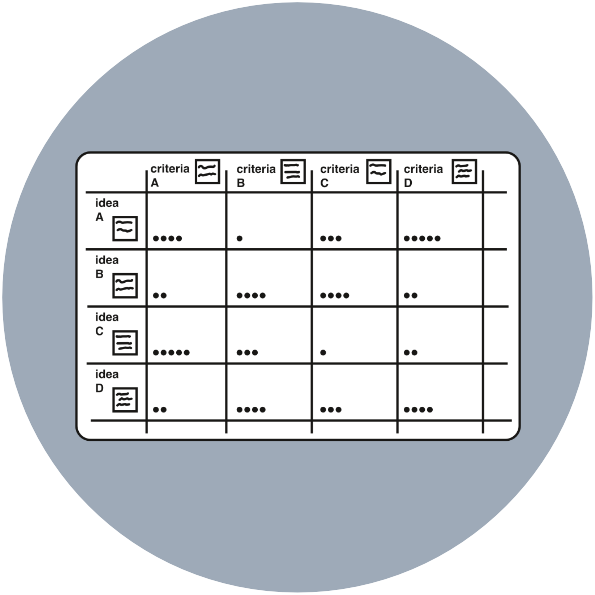
Discuss and select the most important aspects or criteria for a specific project.
11. Success Criteria Grid
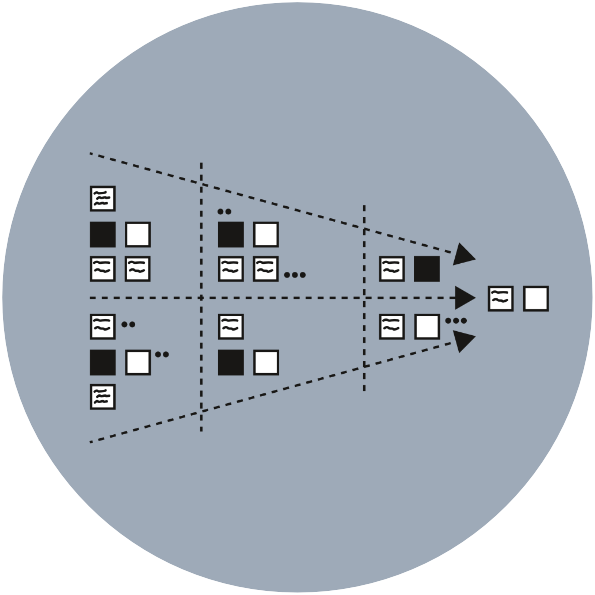
Evaluate and narrow the choices when faced with many different ideas.
12. Telescoping
COMMUNICATION METHODS
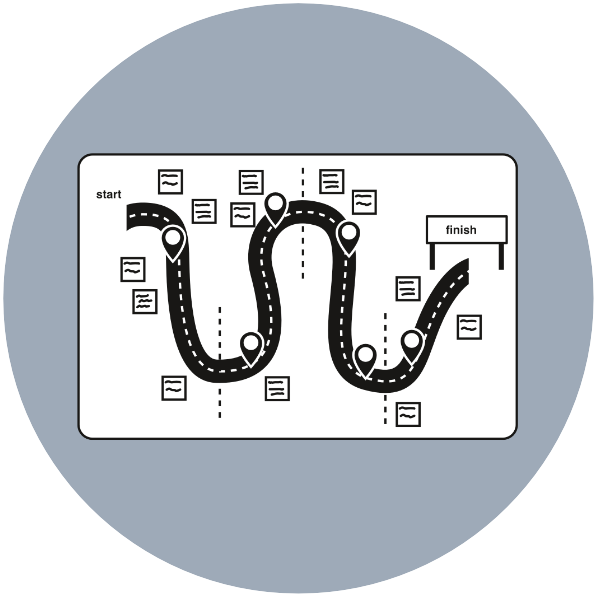
Build a shared understanding of tasks and destination.
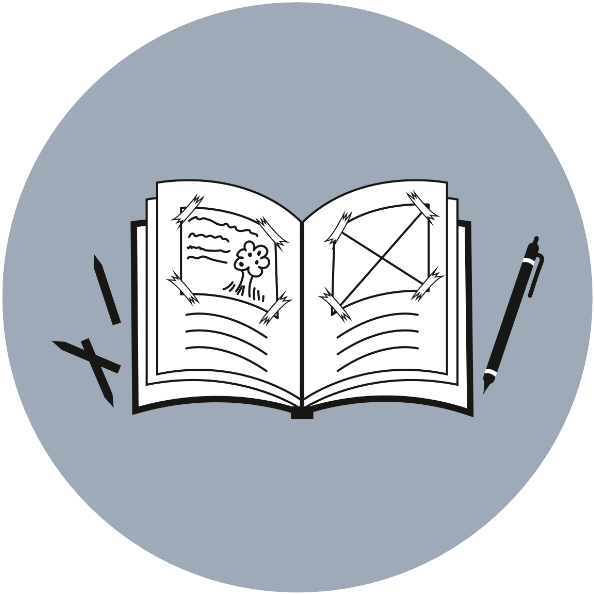
Keep a Log Book to collect ideas, boost memory and track your process.

Display collected project materials to get an overview and understanding.
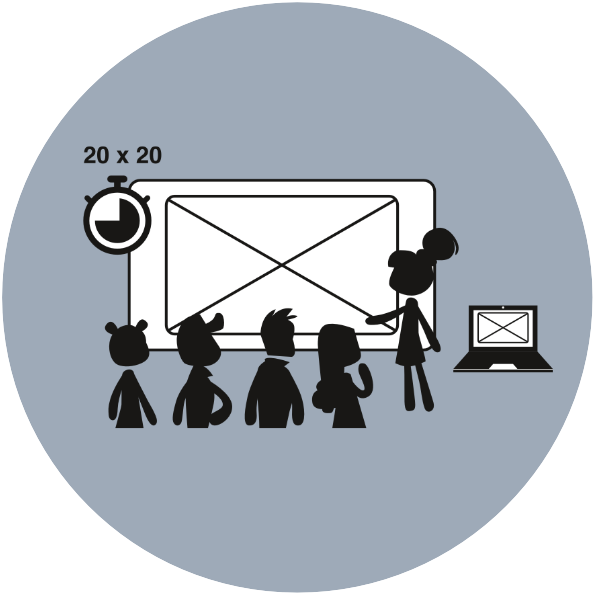
Generate energetic and short presentation sessions.
16. Pecha Kucha

Present your idea, project or research in a short, dynamic and interesting way.
17. Pitching
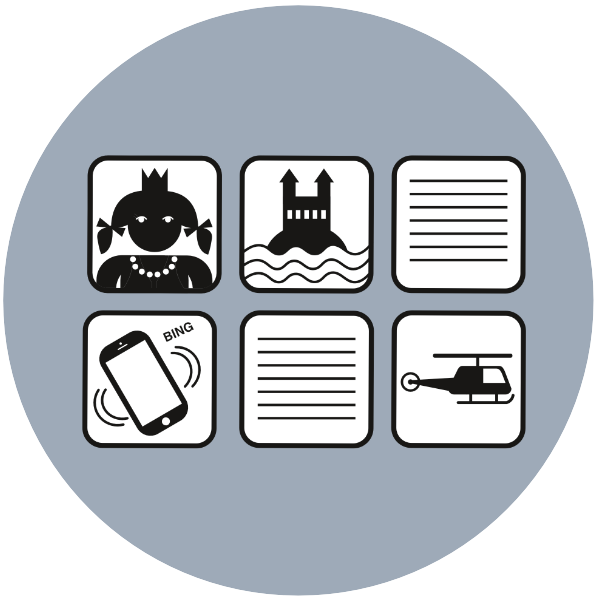
Use storytelling to help listeners better process and remember information.
18. Storytelling

1. Team Rules
Team Rules is a method for agreeing on a set of rules for how to work together and behave towards one another during a project or team work. This is important for the team in order to work properly and avoid discussions and conflict.

2. Knowledge and Expertise Map
Every member of a group has different expe riences and skill sets. This method aims to discover what they are, and map them out for all to see. In this way they might be put to better use in the classroom and in the project at hand. This method is also a convenient way to come to know one another in a group.

3. Expectations
Different people might have different ambitions, expectations and goals. Sharing the expectations of each individual involved in a project, a teamwork or in a class makes it easier to work together. It helps to avoid misunderstand ings and creates common goals for the whole team.

4. Do The Opposite
Alternating between opposite states of mind and activities is beneficial for moving the creative process along. This method is useful for creating self-awareness of these different states of mind and activities, and trying to switch between them to create a more dynamic and creative process.

5. Move
Sometimes it is a bad idea to keep on doing what you are doing: sitting around the same table in the same room, or in front of a computer, digging yourself into a hole by researching on and on, arguing about the same issue or trying desperately to come up with an idea in the same manner. This is why you need to break away from the chair and the table and do things in a different way by using your body. You can go for a walk or a short intense run, or go and feed the ducks in a nearby park! OR put on some music and do stretching exercises or dance together. Use your body, release your minds and boost your energy!

6. Flow Writing
Flow Writing is an excellent method at any time in a process, as it gives your brain a break where you just ”pour” your thoughts out on paper for a short while without judging or eva luating the content. It can be used to give voice to problems or conflicts you might experience in the team, or to formulate questions about the project. It is also useful for brainstorming, to get ideas for a challenge, or to find a new approach to a challenge if you feel that you are stuck.

7. Challenge Framing
This method is about transforming problems into challenges by asking “How might we….” This is a helpful approach to problem-solving because rather than struggling with difficult problems, it is easier and more fun to break a complicated problem down and deal with interesting challenges that relate to the problem. Challenge Framing must be done both at the start of a project and regularly as the project progresses, as formulating, discussing and re- formulating the challenge makes the project and the objectives clear for everybody!

8. Fact and Inspiration Finding
Before doing research about a challenge, this method is a way of discussing and identifying what kinds of information and inspiration might be needed to develop a solution to a challenge, deal with a project or study a specific challenge.

9. The 'To Do' List
Making a ‘To Do’ list is a way of avoiding the overwhelming sensation of having lots of things to do by creating a visual, shared overview of things. It makes you think through the decisions and actions needed, and also help you structure and prioritise them. The list can serve as a shared memory and communication tool in a group, and should be put up on a wall and be a shared visual list at all times.

10. Show and Tell
The Show and Tell method allows individuals some personal space to express their thoughts, ideate and experiment, and then present it back to the group. The method can be used at different stages of a process. When giving feedback , it is important to think carefully of both positive and negative aspects of what is being presented, and also be as sincere and constructive as possible.

11. Success Criteria Grid
This method focuses on discussing and selecting the most important aspects or criteria for a specific project, learning experience or challenge, providing the pupils and teachers with a tool to guide their work and also to eva luate the process and the end result.

12. Telescoping
This method is useful when you have many options, ideas or possible solutions and you need to evaluate and restrict the team’s choices. It is a matter of displaying the options, voting individually and giving each person an opportunity to explain and argue in favour of their preferences before making a common and informed choice.

13. Road Map
When working together with other people it is important to have a shared understanding of what you are doing and where you are heading. One thing that can help you achieve this is creating a visual, shared illustration of the road you are on, which methods you will use, when you will do things, and for how long: A road map.

14. Log Book
A Log Book can be either a physical notebook with blank pages, or a digital log. The important thing is that is must be easily accessible and be able to include sketches, pictures and notes or text. Most of us have a short-term memory, and keeping a log book, noting down interesting ideas or collecting pictures and sketching ideas is a great memory booster and process tracker!

15. Data Wall
The Data Wall is a method of obtaining an overview and an understanding of different complex information by collecting and displaying col lected photos, notes and objects relevant to a project. Displaying and sharing information in a visual way is a powerful tool because dis playing information so it is visible and can be moved around enables you to discover relationships, patterns and hierarchies that are other wise not immediately apparent.

16. Pecha Kucha
Pecha Kucha – Japanese for “chit-chat” – is a method of presentation where both the amount of material and the time is heavily restricted. This forces the presenter(s) to clarify their thoughts and aims, and formulate and present their findings in a precise and clear manner. It generates an energetic and short presentation session.

17. Pitching
To “pitch” originally means to throw something, but it is often used in the meaning: a speech or an act that attempts to persuade someone to buy or do something. Pitching is a method of presenting your idea, project or research insights in a short, dynamic and interesting way.

18. Storytelling
A good story touches you and is more easily remembered than just a series of facts. Pupils can write stories about things they have developed or learned using storytelling because it helps to process and remember information and present information and facts in a more engaging manner.
DOWLOAD THE FULL SET OF PROCESS CARDS

All FUTE project materials are licensed under CC BY-NC-SA 4.0
5C and 6C Models © Anne Katrine Gøtzsche Gelting and Silje K.A. Friis.





